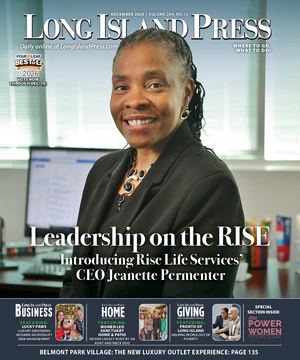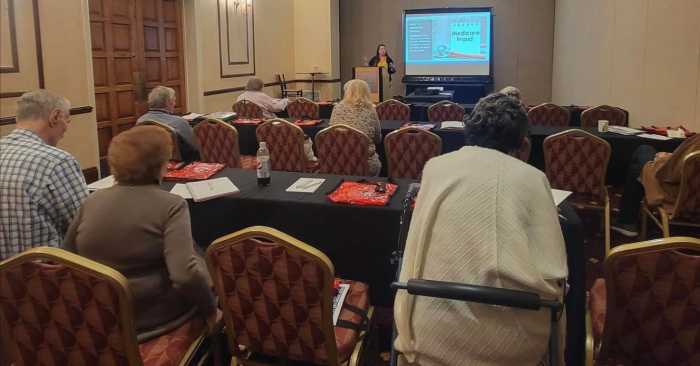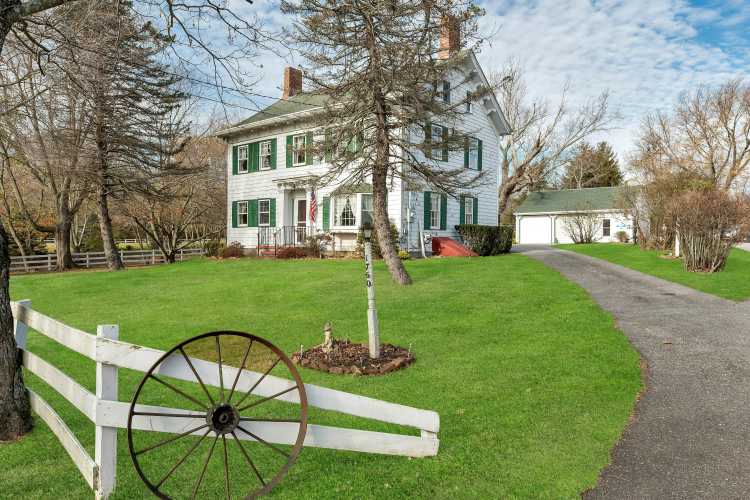Save the Sound shares data, next steps for improving grades
 Tucked between two peninsulas, Manhasset Bay is a beautiful body of water. It is a prime recreational harbor due to its little tidal current and low tidal displacement. As of the early 2000s, the bay is home to approximately 16% of the marinas and yacht clubs on Long Island.
Tucked between two peninsulas, Manhasset Bay is a beautiful body of water. It is a prime recreational harbor due to its little tidal current and low tidal displacement. As of the early 2000s, the bay is home to approximately 16% of the marinas and yacht clubs on Long Island.
However, all is not well in Manhasset Bay. As with much of Long Island, the health of this picturesque waterbody is under threat. Save the Sound, an organization that monitors the quality of water in Long Island Sound and its watersheds, has given the Bay an average grade of C. According to Peter Linderoth, Director of water quality at Save the Sound, “Manhasset Bay has three base segments that are graded in the Long Island Sound Card. What we see with Manhasset Bay is pretty consistent; the gradient from the inner portion gets a pretty poor grade, to the outer portion being a bit better.” What makes the Bay good for boating also makes it difficult for the water to cycle well; the tide does not move the water much. “It doesn’t have as much tidal flushing… water can get a bit more stagnant in there, which can lead to more challenges in terms of water quality.” Said Linderoth.
Closer to shore, the water is also subject to human pollutants like nitrogen and stormwater discharge. Nitrogen is an important element of the chemical balance in healthy waterbodies. When the nitrogen levels exceed that normal balance, it throws off all of the other elements, including dissolved oxygen and chlorophyll, leading to a potentially toxic situation. Chlorophyll is related to phytoplankton, which is small algae that float in the water. These phytoplankton are critical for a healthy ecosystem. However, excess chlorophyll, which indicates large blooms of algae in the water, is closely linked to the presence of nitrogen. Excess nitrogen can lead to algal blooms, which are harmful to wildlife and people, and these algae blooms are related to a lower dissolved oxygen level.
“Often when we have excess nitrogen entering a waterway, we see poor dissolved oxygen. That’s really important, because dissolved oxygen in the water is critical for animals to survive, specifically animals with gills like fish, shellfish crabs, lobsters, that need that oxygen in the water to literally breathe. When oxygen levels get too low, they can suffocate.” Linderoth said. “When we go out on the water and see blankets of dead fish, it is related to oxygen levels getting too low in the water for them to survive.”
All of this begs the question, where is the excess nitrogen coming from, and how is it entering the Bay? “Most of the excess nitrogen entering the (open) sound is from wastewater treatment plants,” Linderoth said, “but when we get into the bay, there’s a lot of local pollution sources that become more significant or have a bigger impact on water. In Manhasset Bay, 40 percent of the nitrogen coming into (the bay) is coming from on-site treatment systems: septic tanks and cesspools.” These outdated systems don’t process the wastewater enough before it makes its way into the ecosystem. The sheer number of people living on our island means that an excess of nitrogen is being passed into our bays. There are newer methods of dealing with wastewater that filter and process the material before it leaches into the ground water. Both Nassau and Suffolk counties, as well as New York state, have funds available for households looking to upgrade their systems.
Another big nitrogen source for Manhasset Bay is fertilizer. Around 13 percent of the nitrogen in the Bay comes from fertilizer runoff. The maintenance of lawns, ornamental plantings, and large stretches of turf grass are the main culprits. This is an easy place for people to have an immediate impact on the water quality. Whether homeowners take care of their own grass and plantings or use a landscaping service, they can use organic fertilizer. This type of fertilizer is much less likely to be washed away in heavy rainstorms than inorganic fertilizers. It also has a slower release. Reducing the frequency of fertilizing can also have an impact. “Consider an application around Mother’s Day, and then another one around Labor Day. That’s probably all the yard needs. People have a strong desire to have dark, lush, green yards, but just a couple of applications of fertilizer strategically goes a long way for the yard but also for the health of local waterways.” Said Linderoth. He also recommends a mulching lawnmower, which cuts the grass clippings into very small pieces, allowing them to break down and fertilize the lawn naturally.
It is also helpful to reduce and slow stormwater discharge. This allows rainwater, which often carries pollutants to the Bay, to pass through the ground first. The ground can act as a natural filter, but only if the water can penetrate. Because of the urban and suburban nature of much of Long Island, this can be an issue. “The impervious coverage, that’s hardened surfaces, around Manhasset Bay and its watershed is fairly high, as much as 19 percent. That’s surfaces like roads, asphalt, concrete. The thing about having impervious coverage around a waterway is that anything above about 12 percent is going to have a stressor effect on the waterway. Reducing impervious coverage goes a long way to restoring water quality.” To combat this effect, individual households can use water from rain barrels for their plants and install rain gardens that are watered naturally. On a larger scale, municipalities can install porous pavement that allows water to pass through, thereby reducing the amount of runoff. Green roofs, where plants are installed on roof tops, also help, with the added benefit of mitigating heat island effect.
Beyond the physical and behavioral changes, Linderoth recommends contacting your state and federal representatives, joining a local environmental group, and staying informed. One place to get started is the interactive map at soundhealthexplorer.org, which has multiple user-friendly tools for understanding the impact our actions have on the quality of our local waterbodies. As Linderoth puts it, “show up to those public meetings and let your voice be heard for cleaner water because it’s something we can all do and collectively our voices get amplified. Get involved in decision making and getting your opinions out there. That’s important.”
Not On The Honor Roll: Water Quality Report Card For Manhasset Bay



































